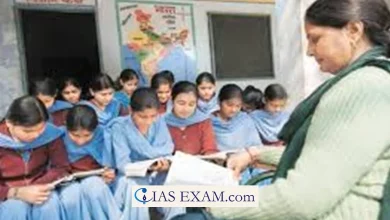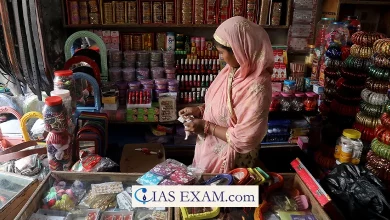The Alternatives to LPG in India
As per the Government Estimates, nearly Rs 12,000 crore was spent on the universal access to LPG connections under the Ujjawala Scheme. But as per reports, about six lakh people die in India every year due to air pollution. Almost half of Rural India still relies on burning solid fuels for cooking which increases the risk of heart diseases, cataract and lung cancer. It is very much clear from these stats that LPG connections are not enough to address these challenges and sustained use would need investments towards increasing affordability, behavior change, and quality of supply and service.
Rising domestic LPG prices, removal of subsidies, growing retail inflation and an unending distress owing to the pandemic have hit the pockets of the middle and low-income households making it quite difficult to shift to LPG. In such a scenario, it is pertinent to look for alternatives to LPG.
Available Alternatives and Problems with them
- Electricity – Induction stoves being flameless and switching to them may address certain environmental concerns associated with LPGs it cannot be considered as an immediate viable option because:
- Households in India electrified under the Rural Electrification Scheme have a maximum connected load of 500W and Induction stoves are more than 1500W devices. There may arise significant issues in reliability of supply due to distribution transformer failures.
- Most households would cook at roughly the same time of the day, it could lead to further stress on the electricity distribution system.
- Affordability – Households for the use of electricity beyond 100 units end up paying Rs 7-8 per unit from there on. Induction-based cooking alone would drive up the monthly electric bill by at least Rs 500-600 which would be unaffordable for many poor households.
- Lack of Govt. support for Biogas – The central government expenditure on biogas programmes has been on a steady decline, from Rs 137 crore in 2009-10 to Rs 36 crore in 2019-20. Although biogas may remain active in pockets, it is hard to imagine it as the dominant alternative to LPG.
- Piped Natural Gas – Piped natural gas (PNG) could be an alternative to LPG in densely populated urban areas in the coming years. But it is not designed to supplement the cooking needs of rural India as network expansion costs could be prohibitive. Even if this is addressed, India has limited reserves of natural gas.
- Having already made the investment into domestic LPG, and given the difficulties in scaling up alternatives in the near to long term, the only immediately available option to address the household air pollution challenge is LPG.
- Budgetary Allocations – Budgetary allocations to LPG have been rapidly shrinking in the recent past. The outlay for LPG direct benefit transfers has come down from about Rs 31,400 crore in 2018-19 to only Rs 4,000 crore in the budget for 2022-23.
Way Forward
A coherent, targeted approach backed by requisite financial and institutional support is desirable in order to address this endemic problem. One way to achieve this is to resume LPG subsidies and rationalize them. LPG prices could be limited to twice in a year to provide price certainty in the context of volatile oil markets. Only with adequate, immediate and sustained support to rural and poor domestic LPG consumers, can the government make an impact on the manifold developmental issues associated with household air pollution.





.png)



